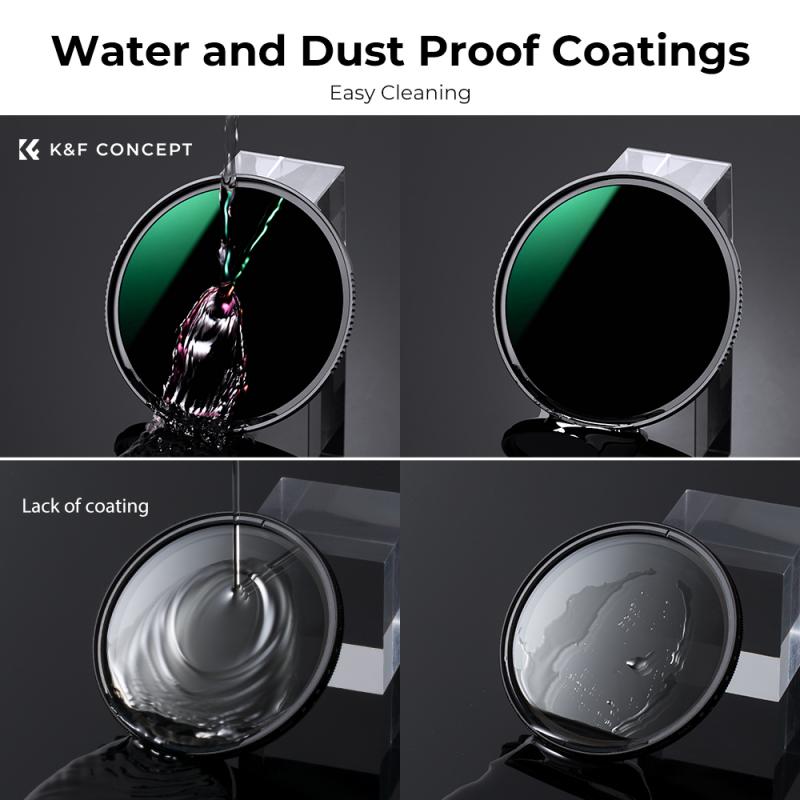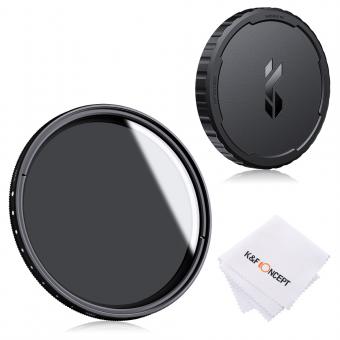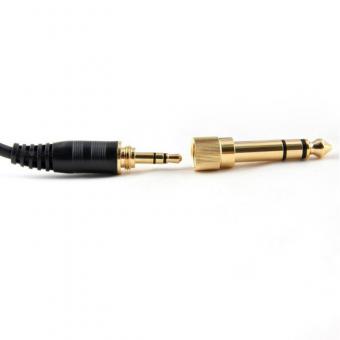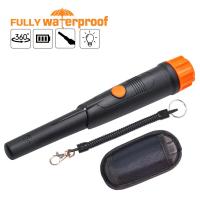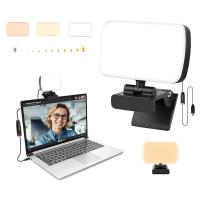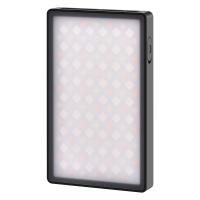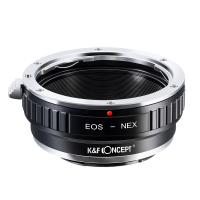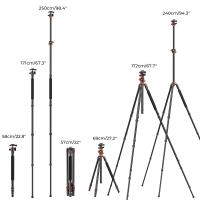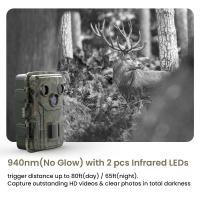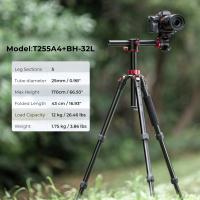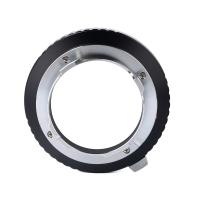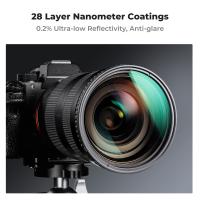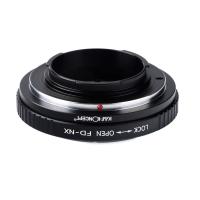What Is Nd Filter ?
An ND filter, short for Neutral Density filter, is a type of camera filter that reduces the amount of light entering the camera lens without affecting the color or hue of the image. It is essentially a darkened piece of glass or resin that is placed in front of the lens to block some of the light. ND filters are commonly used in photography and videography to achieve certain creative effects or to control exposure in bright lighting conditions. By reducing the amount of light, ND filters allow for longer exposure times, which can result in motion blur or smooth out water and clouds. They are also useful in situations where a shallow depth of field is desired, as they allow for wider apertures to be used without overexposing the image. ND filters come in different strengths, indicated by their filter factor or f-stop reduction, such as ND2, ND4, ND8, etc., with higher numbers indicating greater light reduction.
1、 Definition and Purpose of ND Filters
An ND filter, short for Neutral Density filter, is a camera accessory that is used to reduce the amount of light entering the camera lens without affecting the color or hue of the image. It is essentially a darkened piece of glass or resin that is placed in front of the lens to block some of the light.
The purpose of an ND filter is to allow photographers and videographers to have more control over the exposure settings of their camera in various lighting conditions. By reducing the amount of light, an ND filter enables the use of wider apertures, slower shutter speeds, or both, without overexposing the image. This is particularly useful in situations where there is too much light, such as when shooting in bright sunlight or capturing long-exposure shots during the day.
ND filters come in different strengths, measured in stops, which indicate the amount of light they block. Common strengths include ND2, ND4, ND8, and ND16, with each stop halving the amount of light that passes through the filter. Some filters also have variable strengths, allowing photographers to adjust the amount of light reduction as needed.
In addition to controlling exposure, ND filters can also be used creatively to achieve certain effects. For example, using a long-exposure ND filter can create a smooth, dreamy effect on moving water or capture light trails in nighttime photography.
The use of ND filters has become increasingly popular in recent years, especially with the rise of landscape and long-exposure photography. They are considered essential tools for photographers and videographers who want to have more control over their exposure settings and achieve unique creative effects in their work.

2、 Types of ND Filters (e.g., solid, graduated, variable)
An ND filter, short for Neutral Density filter, is an essential tool for photographers and videographers. It is a piece of glass or resin that is placed in front of the camera lens to reduce the amount of light entering the camera without affecting the color or contrast of the image. This allows for greater control over exposure settings, especially in bright conditions or when using long exposure techniques.
There are several types of ND filters available in the market. The most common types include solid, graduated, and variable ND filters.
Solid ND filters have a consistent density throughout the filter, providing a fixed reduction in light across the entire image. They are ideal for situations where a consistent reduction in light is required, such as when shooting in bright sunlight or when using slow shutter speeds to capture motion blur.
Graduated ND filters, on the other hand, have a gradient density that transitions from dark to clear. These filters are particularly useful in landscape photography, where the sky is often brighter than the foreground. By placing the dark portion of the filter over the sky, the exposure can be balanced, resulting in a well-exposed image.
Variable ND filters are a more recent innovation in the world of ND filters. They allow for adjustable light reduction by rotating the filter, providing flexibility in controlling exposure settings. This type of filter is especially useful in situations where lighting conditions may change rapidly, such as during outdoor events or when shooting in changing weather conditions.
It is worth noting that the latest advancements in technology have led to the development of high-quality ND filters that offer excellent color accuracy and minimal image degradation. These filters are often made with multi-coated glass or high-quality resin materials, ensuring optimal image quality while reducing light transmission.
In conclusion, ND filters are essential tools for photographers and videographers, allowing for greater control over exposure settings. Whether it is a solid, graduated, or variable ND filter, each type serves a specific purpose and offers unique advantages. The latest advancements in filter technology have further improved the quality and versatility of ND filters, making them indispensable for capturing stunning images in various lighting conditions.
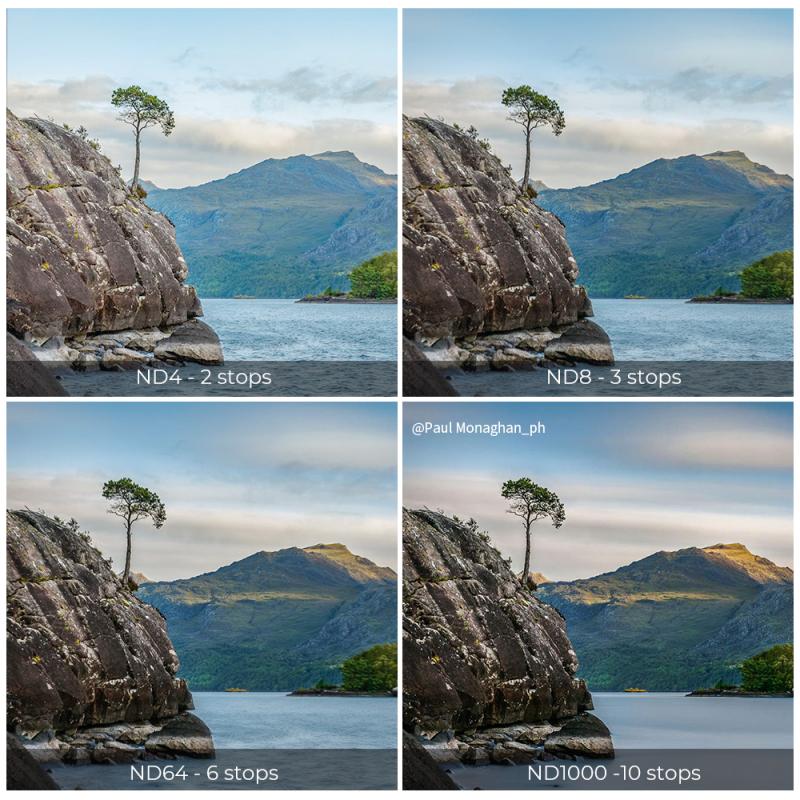
3、 ND Filter Strengths and F-stop Reductions
An ND filter, short for Neutral Density filter, is an essential tool for photographers and videographers. It is a piece of glass or resin that is placed in front of the camera lens to reduce the amount of light entering the camera without affecting the color or contrast of the image. This allows for greater control over exposure settings and creative effects.
ND filters come in different strengths, usually measured in stops. The strength of an ND filter determines the amount of light it blocks, and therefore the level of exposure reduction. The most common strengths are ND2, ND4, ND8, ND16, and ND32, with each strength blocking double the amount of light as the previous one.
The use of ND filters is particularly important in situations where there is too much light, such as when shooting in bright sunlight or capturing long exposures. By reducing the amount of light, ND filters allow photographers to use wider apertures, slower shutter speeds, or both, without overexposing the image. This is especially useful for achieving shallow depth of field in bright conditions or capturing motion blur in daylight.
The strength of an ND filter also determines the f-stop reduction. For example, an ND2 filter reduces the exposure by 1 stop, an ND4 filter reduces it by 2 stops, and so on. This reduction in exposure allows photographers to adjust their camera settings accordingly, such as using a slower shutter speed or a wider aperture, to achieve the desired effect.
It is worth noting that the latest point of view on ND filters is that they are not always necessary with modern cameras that have high dynamic range capabilities. These cameras can often handle a wide range of lighting conditions without the need for additional filters. However, ND filters still have their place in certain situations, such as when shooting with older cameras or when a specific creative effect is desired.
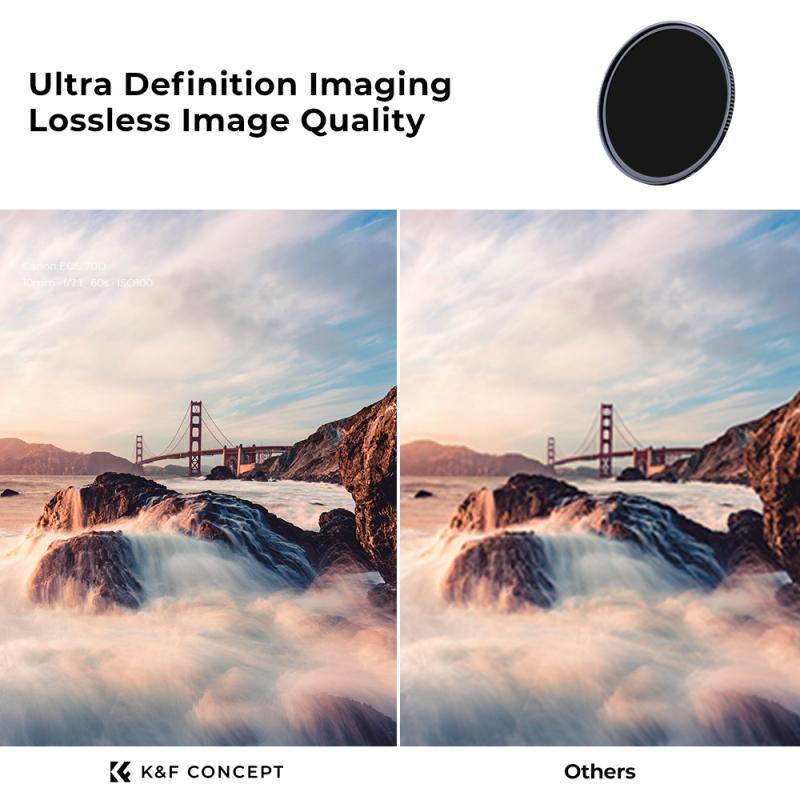
4、 Applications and Benefits of ND Filters in Photography
An ND filter, short for Neutral Density filter, is a tool used in photography to reduce the amount of light entering the camera lens without affecting the color or hue of the image. It is essentially a darkened piece of glass or resin that is placed in front of the lens.
The primary purpose of an ND filter is to allow photographers to have more control over the exposure settings of their camera. By reducing the amount of light, it enables the use of wider apertures or slower shutter speeds, even in bright lighting conditions. This is particularly useful in situations where a photographer wants to achieve a shallow depth of field or capture motion blur, such as in landscape or long exposure photography.
ND filters are also commonly used in videography to achieve a more cinematic look by allowing for slower shutter speeds, resulting in smoother and more natural motion blur.
Additionally, ND filters can be used to balance the exposure between different parts of an image. For example, when photographing a scene with a bright sky and a darker foreground, using an ND filter can help to properly expose both areas without overexposing the sky or underexposing the foreground.
In recent years, the use of ND filters has become increasingly popular in drone photography and videography. Drones often have fixed aperture settings, so using an ND filter allows for more flexibility in controlling the exposure.
Overall, ND filters are a valuable tool for photographers and videographers, providing greater creative control over exposure settings and allowing for the capture of unique and visually appealing images.
